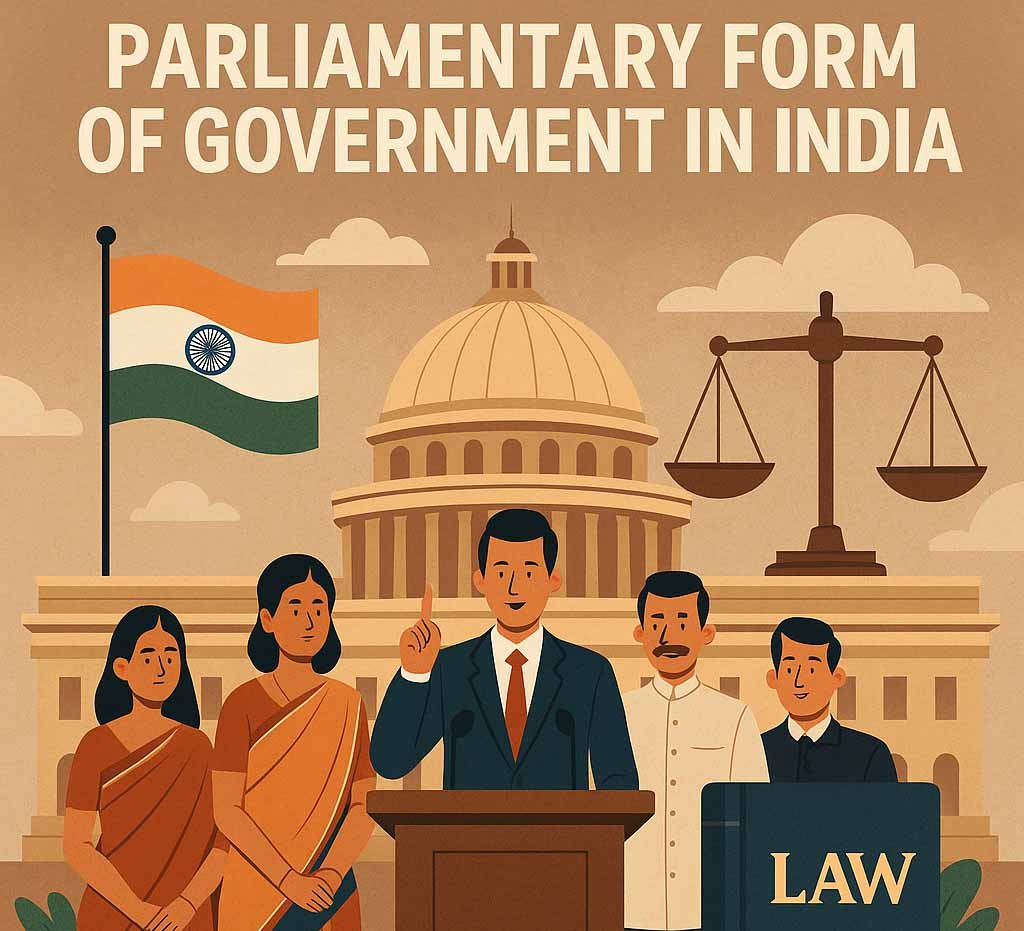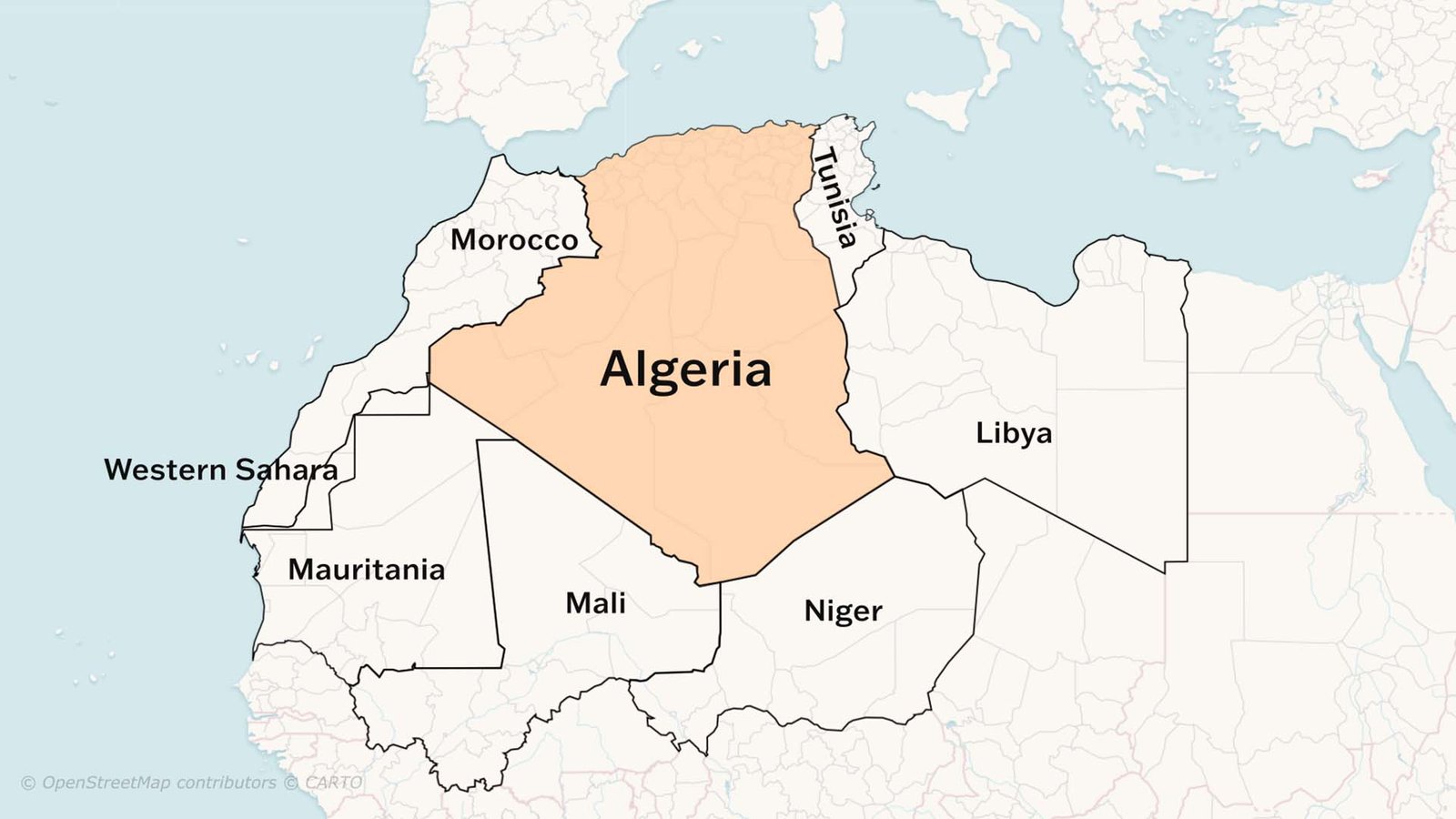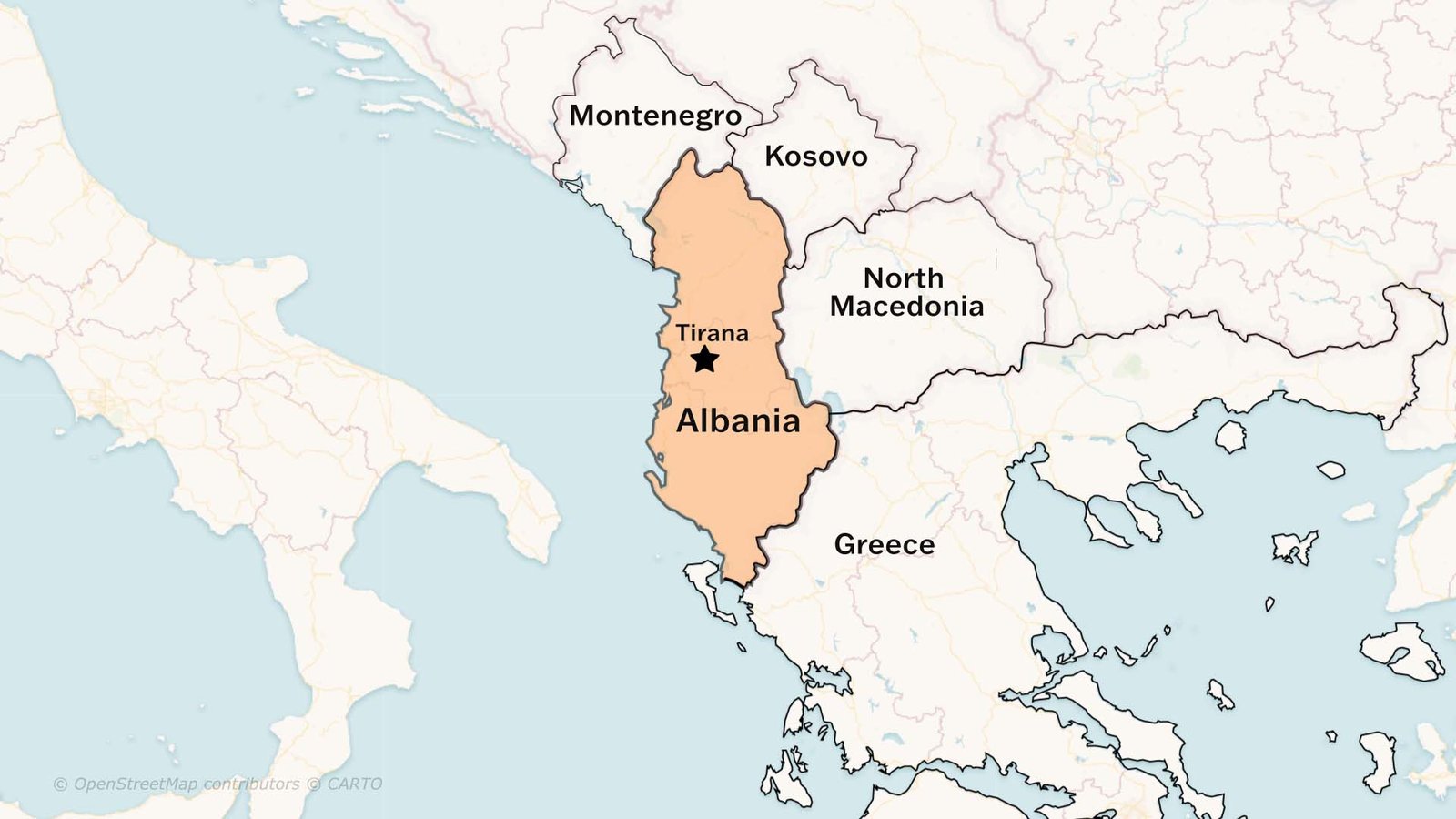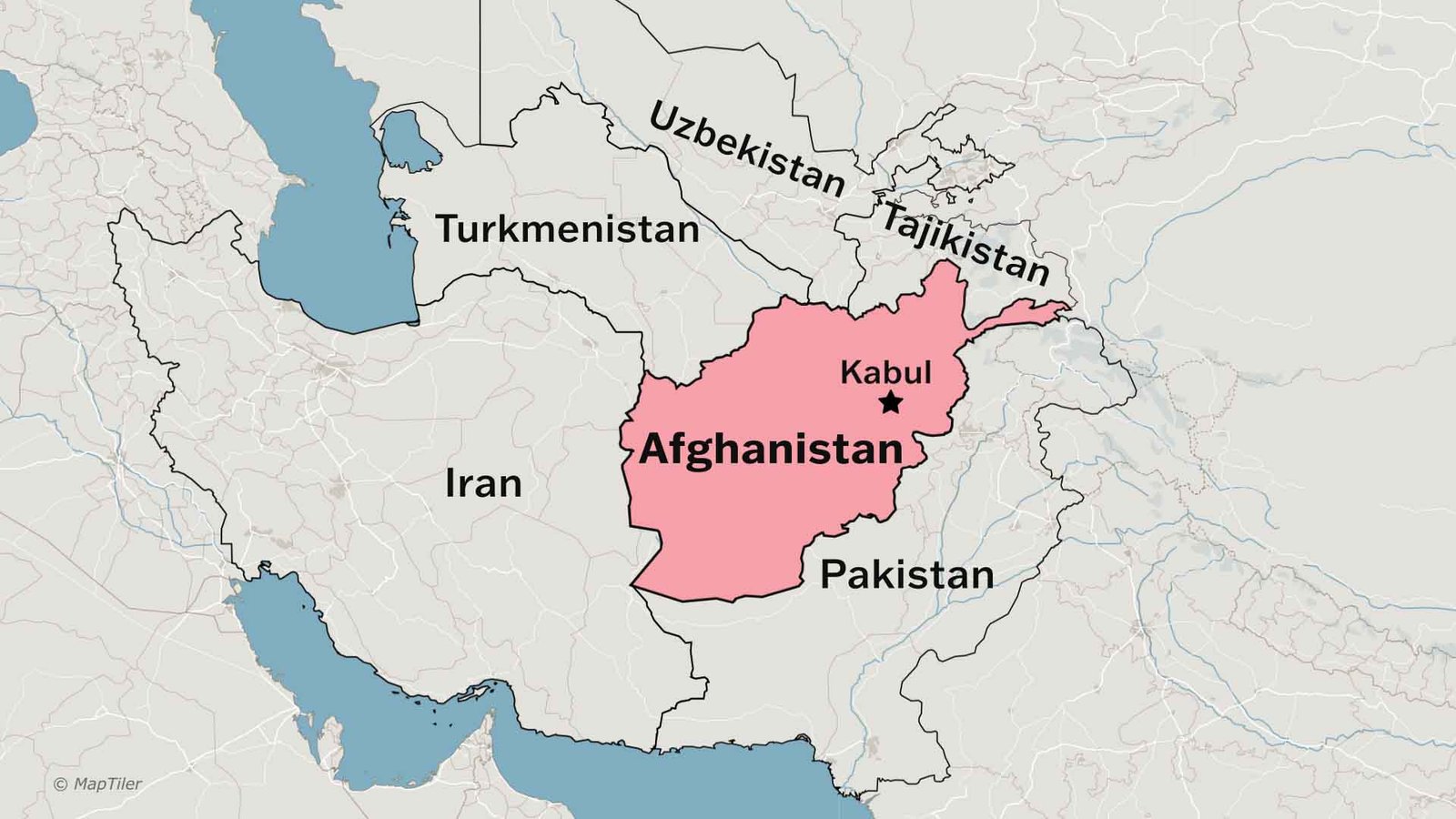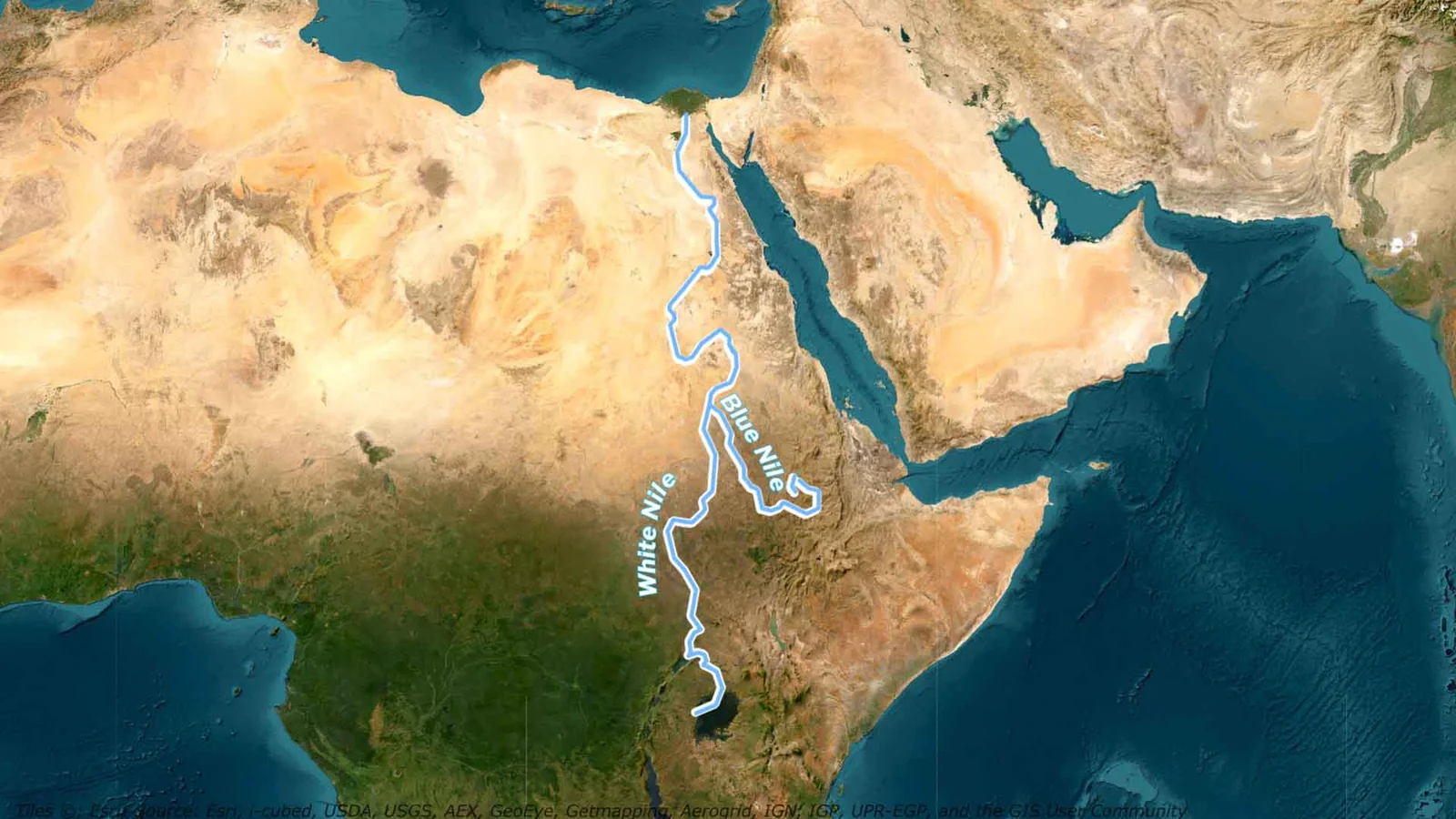oday, we are going to learn more on the different models of democracy, especially the parliamentary system, which India adopted. But before diving deep into what the system is all about and how it is different from the other system, let us understand why India chose the parliamentary system of government for a diverse country like India.
Why the Parliamentary System in India
The choice of the parliamentary system was taken in the summer of 1946, during a Congress party meeting, and then shepherded through the Constitution-making process as a party directive.
The Congress had formed an expert committee under the chairmanship of Nehru in preparation for the Constituent Assembly, and in its meeting of 15 August this small panel decided that independent India would have a British-type government.
When the Constituent Assembly began its work at the end of 1946, the Congress Expert Committee’s decisions became the recommendations of the Union Constitution Committee, also chaired by Nehru. But the Provincial Constitution Committee, headed by Patel, came up with a different plan.
The Draft Constitution was modified to have governors appointed instead of directly elected. This was the only reversal of a major constitutional principle in the Assembly’s history.
It is astonishing that India’s Constituent Assembly never voted on the question of whether the country should adopt the parliamentary or another form of government. The members were merely given the choice to approve the recommendations of the committees. No alternatives were presented and there were no opportunities given for reconsideration.
When, near the end, Ambedkar commanded the parliamentary system—including his famous point that it offers more responsible albeit less stable governments than the presidential system—the decision to adopt had already been made. In addition to this, the makers of the constitution agreed that familiarity with the system and its wide scope of representation would foster India’s growth in a positive direction.
- Familiarity
The colonial rule, which lasted 200 years in India, followed the parliamentary system of governance. Although it was not as flexible as it was in Britain, the constitution makers still wanted to use this system as they were familiar with its workings, drawbacks, and advantages.
- Scope of Representation
Considering India’s vast diversity, geographically, culturally and otherwise, the framers of the Indian constitution were convinced that parliamentary government would allow every citizen to express their opinion, no matter which state they reside in. It would also provide greater representation during voting and create a unified vision of growth despite the diversity.
Now that we have understood how the parliamentary form of government was chosen and why it was chosen, let us look at the question.
What is the Parliamentary form of government?
- Article 74 and 75 and 163 & 165 of the Indian constitution, provide for Parliamentary form of government at the centre and at the state level respectively.
- In a parliamentary form of government the base of governance lies in the fact that the executive is responsible to the legislature for all its policies and acts.
- According to Ivor Jennings, a parliamentary system of governance is also known as the Cabinet form of governance as the cabinet is the nucleus of power. It is also known as the Westminster model.
- It is also known as the RESPONSIBLE FORM of governance as the cabinet remains accountable to the parliament and stays in office as long as the former enjoys the confidence of the latter.
- The position of Prime minister is the distinguishing factor between parliamentary and presidential systems of governance. Here, the Prime minister is known as ‘primus inter pares’ that is first among equals in relation to the cabinet. Hence, it is also known as the Prime Ministerial form of government and political analysts like Cross-man, and Mackintosh.
- As opposed to this system, is the Presidential form of governance. In this system, the President enjoys supreme power and the executive is not responsible to the legislature for any of its acts or policies. It is CONSTITUTIONALLY independent of the legislature in respect of its term of office.
- While Britain, India, Japan, Canada and others have adopted the parliamentary system, countries like the USA, Brazil, Russia, and Sri Lanka follow the presidential form of government.
Now that we have learnt what parliamentary government is and how it is different from its counter system of presidential governance, let us understand the features of the Parliamentary system of government. This will help us to further distinguish between parliamentary and presidential forms of government and understand the two in a better way.
The features of parliamentary form of government are as follows:
Nominal and real executives
- As this system is headed by a directly elected head – the Prime minister as well as the indirectly elected head, the President, there could be a time where both could have conflicts.
- To resolve this, the parliamentary form of governance makes a clear distinction between the powers of the two heads.
- It makes the prime minister as the real head, while the president remains as the nominal head or de jure executive (also known as the titular head).
- The president is the head of the state while the Prime Minister heads the government as is known as the real executive or de facto executive.
- The Indian constitution provides for this distinction clearly in Article 74, where it states that ‘the council of ministers should be headed by the Prime Minister to aid and advise the President in exercise of his functions. The advice tendered is binding on the president.
Majority Party Rule
- Second feature of the parliamentary government is majority party rule.
- This means that whichever political party secures the maximum number of votes or majority of votes in a Lok Saha election forms the ruling government.
- Even the Prime Minister is chosen from the ruling party, appointed by the President. In this system, the ruling party members form the council of ministers, which are appointed by the president on the aid and advice of the PM.
- The unique thing about this is there is a solution in case a party doesn’t secure a majority. Then, coalition forms between parties with similar political ideologies and then are invited by the President to form the government.
Collective Responsibility
- The third and most important feature of this government is the presence of collective responsibility.
- So what does collective responsibility mean?
- For example, if you are a group of seven people doing a project together. Suppose due to any circumstances, the group fails to submit the assignment on time, then not just the group leader but the entire group would be held accountable for the delay.
- Similarly, in the parliamentary system, the entire council of ministers is responsible for their actions.
- This is the bedrock principle of Parliamentary government.
- This is clearly indicated in article 75 of the constitution which states that council of ministers are collectively responsible to the Lok Saha – they act as a team, and swim or sink together.
- This implies that the lok Saha can remove these ministers from office by passing a vote of no confidence.
Political Homogeneity
- Another important feature of parliament is that council members belong to the same political party and share the same political ideology.
- They are bound by the same political ideals and ideologies, which also work in a coalition government.
- However, along with similar ideas, the members of the coalition are also bound by consensus.
- Dissolution of the Lower House
The Lower House is dissolved by the president on the recommendation of the PM. Here, it can be done even before the 5 years tenure of the house. The Prime minister can simply advise the President to dissolve the House due to non-confidence or other reasons. This suggests that although the executive is responsible to the legislature, it has the right to dissolve it and call for fresh elections.
In addition to these, some other merits of the parliamentary system include:
- Mutual Secrecy of Procedure among the council of ministers. They take the oath of secrecy before entering their office which is administered to them by the President.
- The leadership of the prime minister, who is appointed by the president. He/ She is the leader of the council of ministers and plays a significant role in the functioning of the parliament.
- Double Membership, where ministers are members of the legislature as well as the executive. Therefore, this rings to the essential crux of this form of government where a minister cannot be a minister until and unless he/she is a member of the parliament. This is explicitly provided in the constitution which states that no minister who is not a member of the house of parliament for a period of 6 months consecutively, ceases to be a minister.
Hence, the parliamentary system of government can be understood as a boat which sinks or swims together with the Prime Minister as its captain and the Council of Ministers as its sailors.
But again, what made it better than the presidential system? Why did the makers of the Constitution go with this despite many demerits? Let us learn how the parliamentary system is a good fit despite several challenges that it may pose.
Evaluation of the Parliamentary system of Government
- Instability V/S Responsibility
- The makers of the constitution were in a tie as the system does not provide for a stale government as there is no guarantee of its tenure due to it being dependent on the mercy of its legislators.
- Eminent leaders like Morarji Desai, V.P. Singh, and others argued that a no-confidence motion and political defection, coupled with the evils of multi-party coalition, can make the government unstable and create chaos in the country.
- However, the system also rings in a responsible government where ministers are responsible for all their acts of omission and commission.
- It maintains parliamentary stability by exercising controls through tools like question hour, discussions, and adjournment motion.
- Against Separation of Powers
- Bagehot points out that the cabinet is a hyphen that joins the buckle that binds the executive and legislature together
- This represents fusion of powers and goes against the letter and spirit of the theory of separation of powers
- However, another group of political analysts point out that this system creates political and legislative harmony between the two organs of the government, leading to filtered and better policy decisions.
- There is less scope for disputes and conflicts as they work in sync
- Dictatorship v/s Wider Representation
- H J Laski argues that the parliamentary system gives the executive an opportunity for tyranny, making the ruling government more autocratic and gives unlimited powers to the cabinet.
- However, the same system also provides representation to all sections so that everyone is heard and represented throughout India.
- It also prevents despotism as no single person is in power, but a group of people as the council of ministers, make decisions. There are authority checks to prevent dictatorship
Despite its various flaws, the system has corrective measures in place that prevent despotism or dictatorship. The no-confidence motion is a corrective action that is deployed to prevent any misuse or concentration of powers. Whereas, the sessions of parliament and non-lapsing of bills also provides opportunity to continue the same policies and create a balance.
Presidential Form of Government
While the parliamentary system is one of the two forms of government, learning about the presidential system of government will help us see the broader picture and understand why India did not choose this system.
As explained earlier, the Presidential system of government is adopted by the US, where the executive is not responsible to the legislature. However, along with this there are other elements that make up the presidential system, like:
- Constitutional Position: Here, the President is both the head of the state as well as the government. He is a ceremonial head of state who leads the executive organ of the government as the head of government
- Election: The President is not elected directly unlike the parliamentary system. He/ She is appointed by the electoral college for 4 years and cannot be removed by the legislature by no confidence motion except by impeachment for a grave unconstitutional act.
- Relation with the Cabinet: The President is always with a small cabinet known as the kitchen cabinet which is only an advisory body however is responsible only to the President and appointed and selected by him only.
- Power of Dissolution: The President cannot dissolve the House, unlike how the Prime Minister can advise the President in the parliamentary system.
- Separation of powers: Here, there is strict separation of powers between the two organs of the government and the executive, legislature, and judiciary are three independent organs of the government.
- Responsibility: The president and his secretaries are not responsible to the congress for their acts. Their membership to the congress is also not compulsory. Hence, they are not responsible to the legislature in any sense.
Conclusion
Presidential system of government seems to be more stale and strict in terms of separation of powers, however, the Indian constitution makers thought this system would distance the states of India further away and vest the powers in hands of the president, again leading to concentration of powers like the colonial times.
As India believes in the dispersion of power while maintaining unity and equal representation, the parliamentary system rings the right checks and balances the flexible separation of powers and powers vested in the council of ministers headed by the prime minister. Enshrined in articles 74 & 75 for the Central government and 163 & 165 for the state go government, the Parliamentary system forms the bedrock of Indian democracy and stability.

